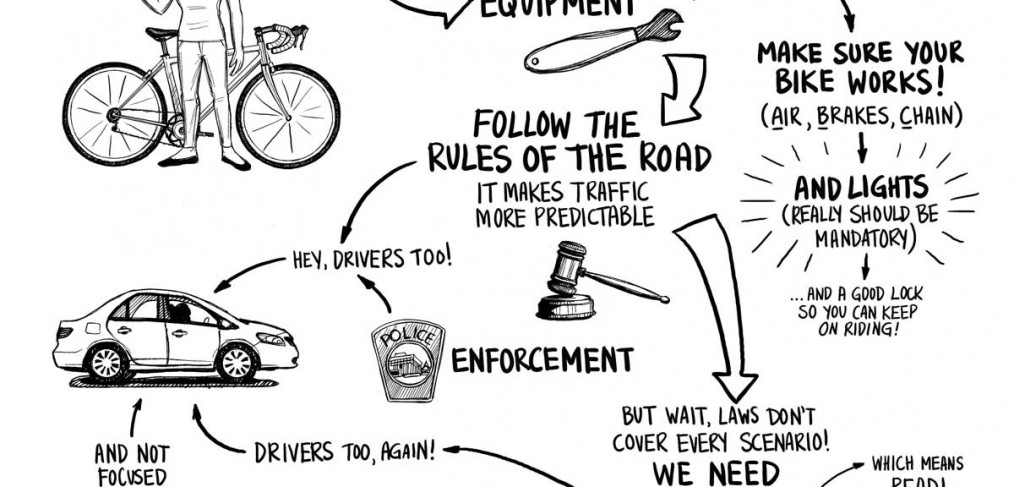
Serious about Safety
Every bike commuter knows is that safety is a complicated issue. They face it every day. However, some safety campaigns focus entirely on helmets. But that means there’s been a crash. What if it could have been prevented? Wouldn’t that be safer?
There’s many points along the way where an individual, a community, and a city, can prevent more tragedies from happening. Helmet or not, when you put a car against a vulnerable road user, you know who the victim will be. Cities need to get real about safety. No excuses.

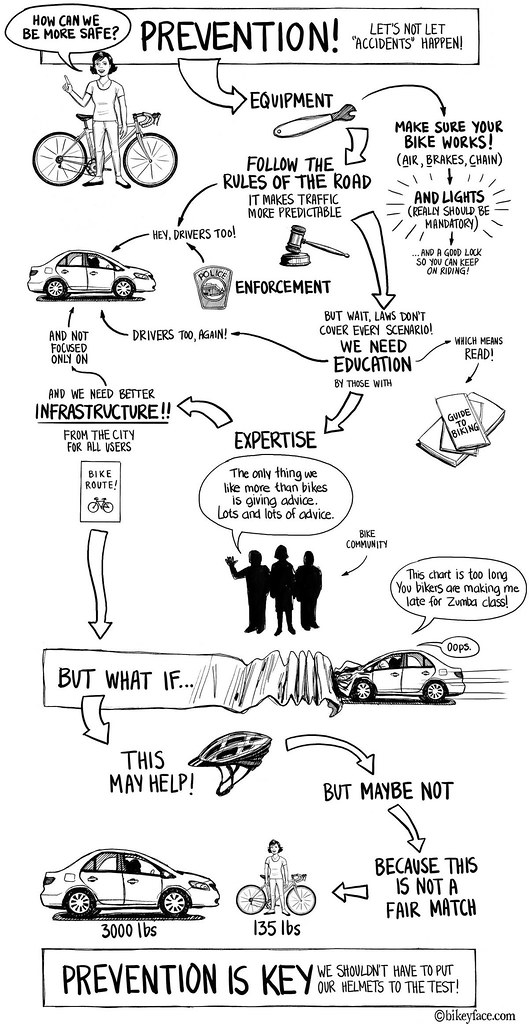
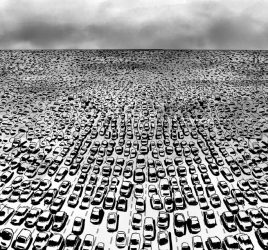
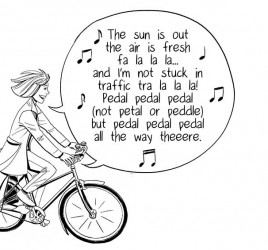
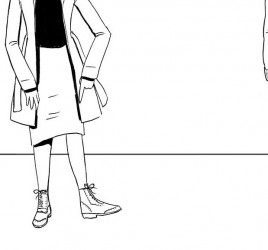
The grumbly bit, about the non-law safety rules, and the infrastructure, is that they are picky. It was very very disheartening when talking to a bunch of boy scouts about safety, to realize all the extra rules that I’ve accumulated. They’re much more detailed and complex than “the law”.
There’s a whole category of “slippery stuff”, many of it tied to minor slides and scrapes. So, wet metal — manhole covers, and especially bridge grates. Wet (rain) paint. Soap accumulation near car washes (yes, my very first non-crash power slide ever was on car-wash soap). Dry sand, small pebbles. After dry spells, the accumulated car slime in the first rain (I’ve seen it make a slick brown froth). And of course, ice and snow.
Next, there’s all the ways of detecting the guy who might turn right (but isn’t signalling). Etc.
Off in infrastructure land, you get all these gratuitous hazards (the lovely, but dangerous, granite posts that DCR puts in the middle of their new paths) as well as thoughtless stuff (misaligned old-style sewer grates, or the new intersection where Concord Ave enters Belmont, and the bikes are sandwiched in to an itty-bitty lane between two lines of cars entering a narrow intersection, or the renovation of Trapelo Road complete with 4.5 foot wide “door lanes”). And those lovely sharp-edged granite curbs; why get bruised when you fall off your bike, when you can have a compound fracture? (Formed concrete is cost-competitive, and equally durable if done right — so says DOT in Minneapolis and Chicago)
And infrastructure includes maintenance – leaving winter sand in the road all year, or allowing bushes to grow into the bike gutter, or letting brush grow up and obstruct sight lines, or simply leaving potholes unpatched until one actually sends someone to the hospital.
That’s the problem for me — car-only people reading that poster will just flit their eyes right past the car part, nod their heads, and think that they are doing enough, without thinking at all about what’s really there. They think they understand safety, when they don’t, and they think they understand infrastructure, when they don’t. They go away blissfully ignorant, and nothing happens.
Great post and thanks for suggesting the City’s responsibility for providing safe infrastructure! Cycle-tracks, cycle-tracks!
The first testicular guard, the “Cup,” was used in Hockey in 1874 and the first helmet was used in 1974. That means it only took 100 years for men to realize that their brain is also important.
“Ian Brett Cooper” and “dr2chase” should have their own blogs.
Seriously.
I do.
So shy. Allow me.
http://ianbrettcooper.blogspot.com/
Regarding education, I think on the road is as important (more important?) than reading. Look for bike safety education classes at your local bike club or advocacy group, or refer to this list:
http://www.bikeleague.org/programs/education/
+1, “Like”, etc on Ian Cooper’s comments.